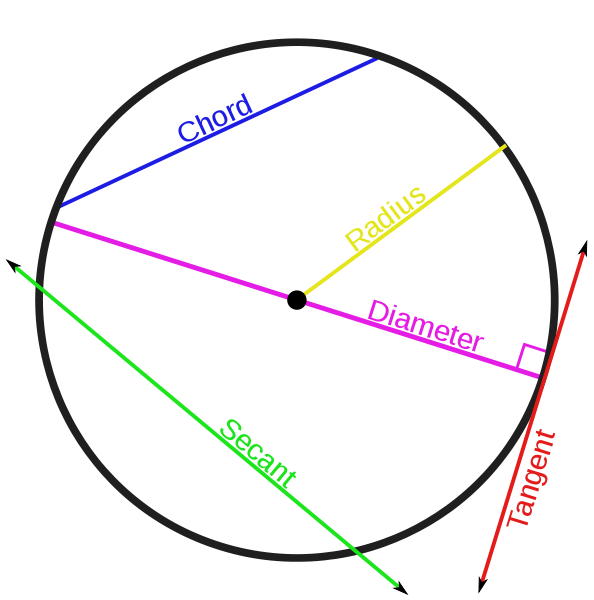Hi,
I have problems learning (15 years old) mathematics in high school.
I do not get enough verbal information in school, so I need to learn it with more visual information.
But, how?
I need some tips about how I can learn and understand mathematics.
What does that mean? "not get enough verbal information".....
Does that mean words are hard for you?
Or does that mean the teachers don't explain?
Or that you don't ask questions?
Or what?
What kind of math are you studying?
==========
A thing that was useful to me in school was doing the problems more
than one time, the way a person practices a musical instrument.
Doing the same problem, over and over, helped me recognize and remember
how to approach other problems that were similar.
Also, I wrote out what sorts of errors I made in my work, so that I would
be aware of what I needed to pay attention to, in order to do it right.
